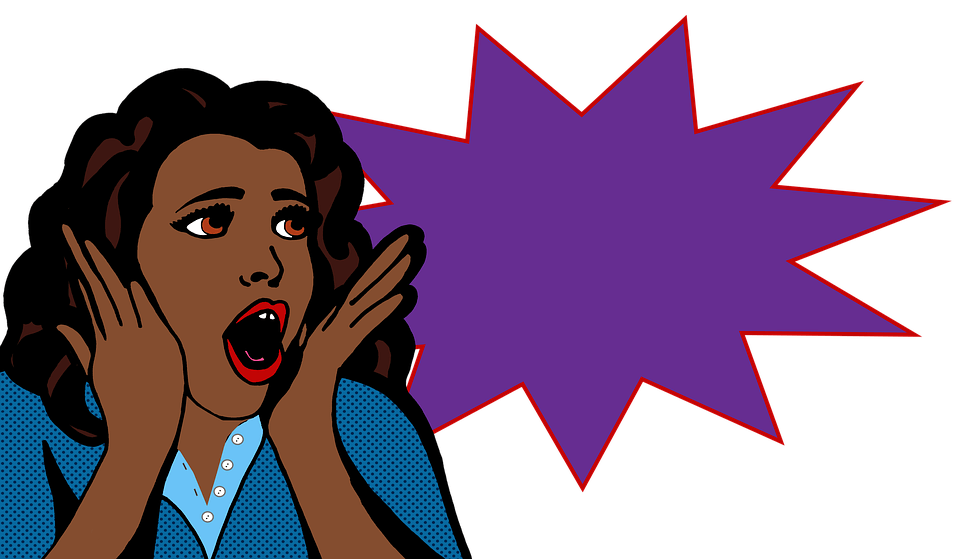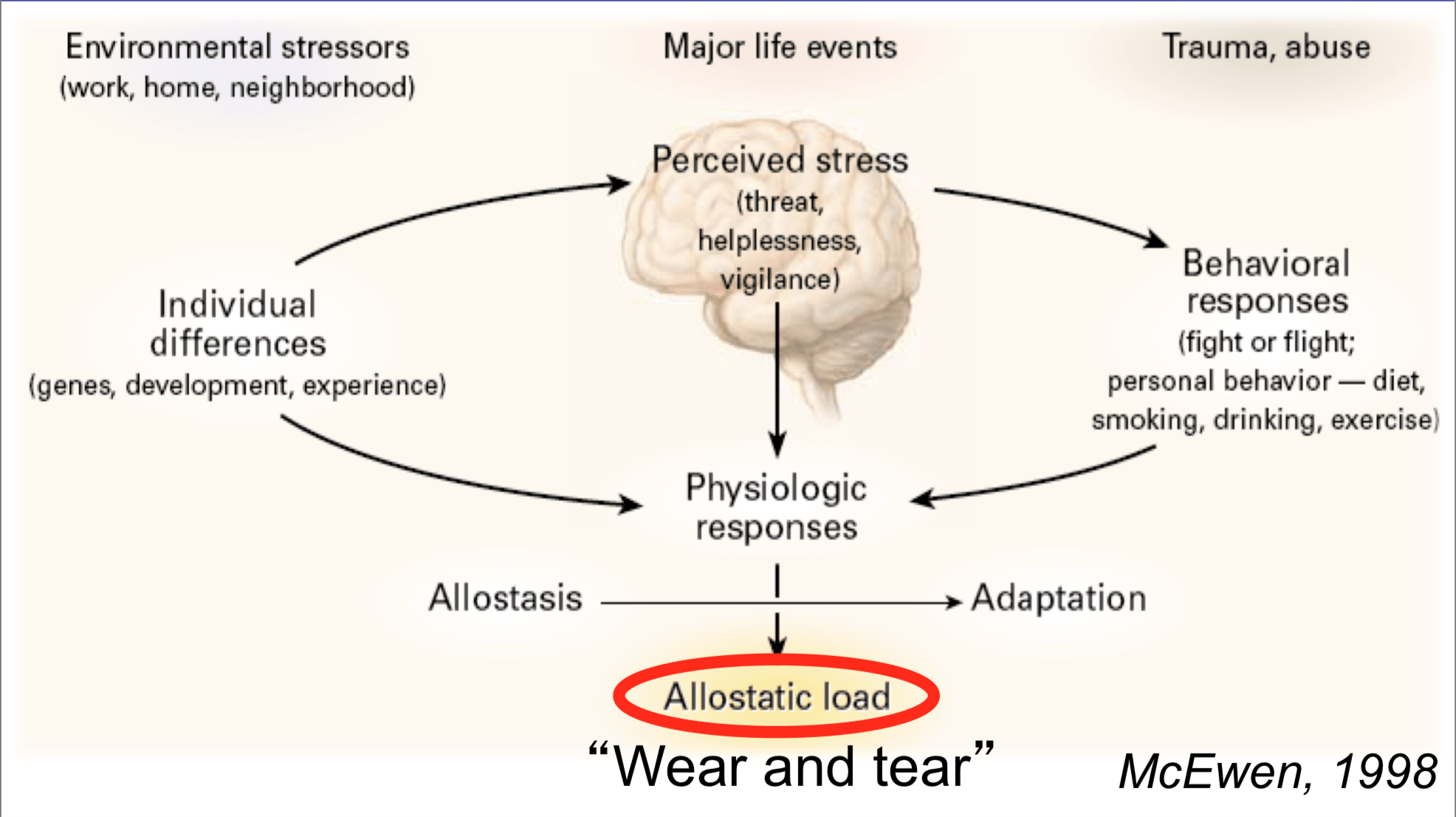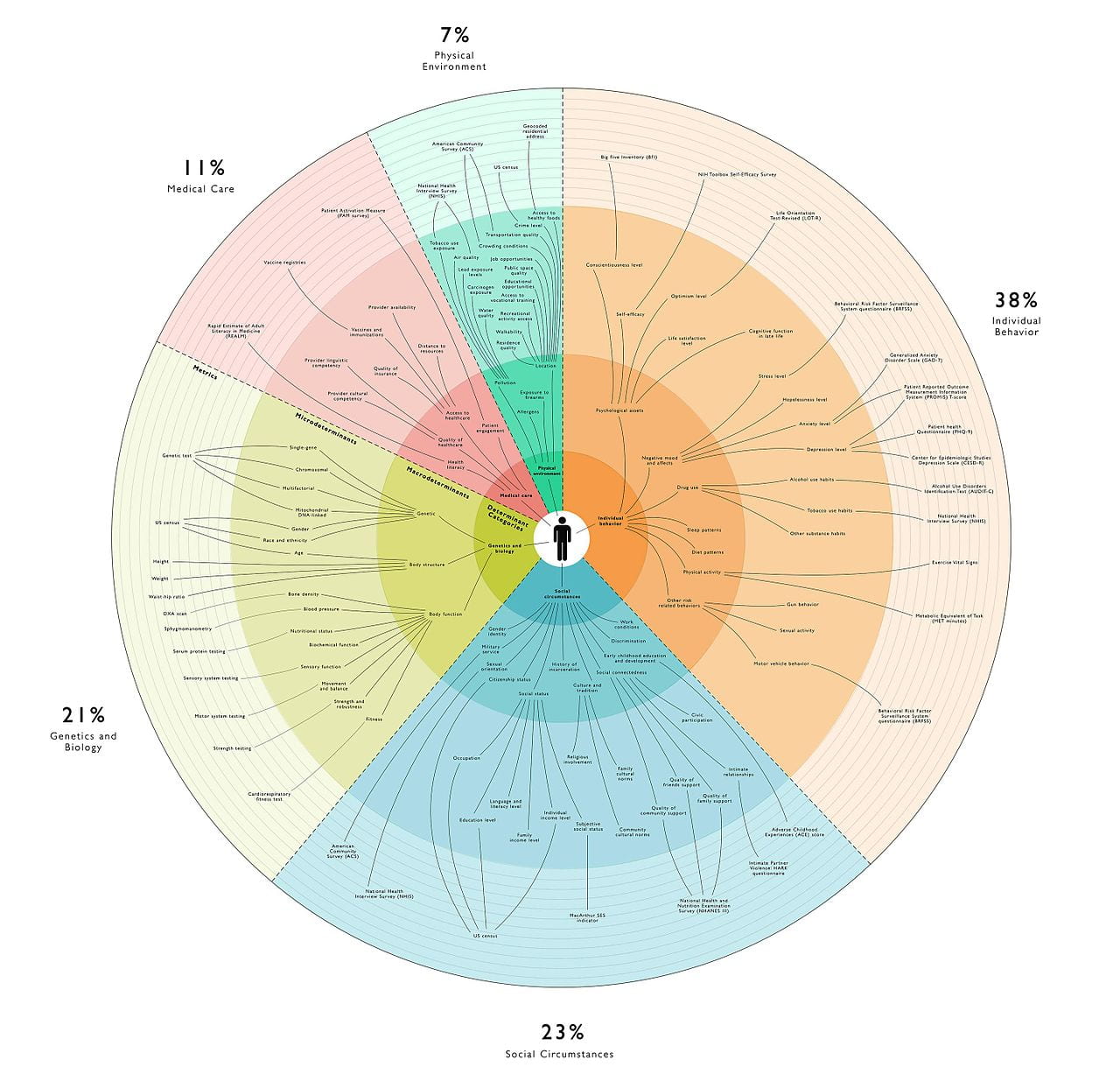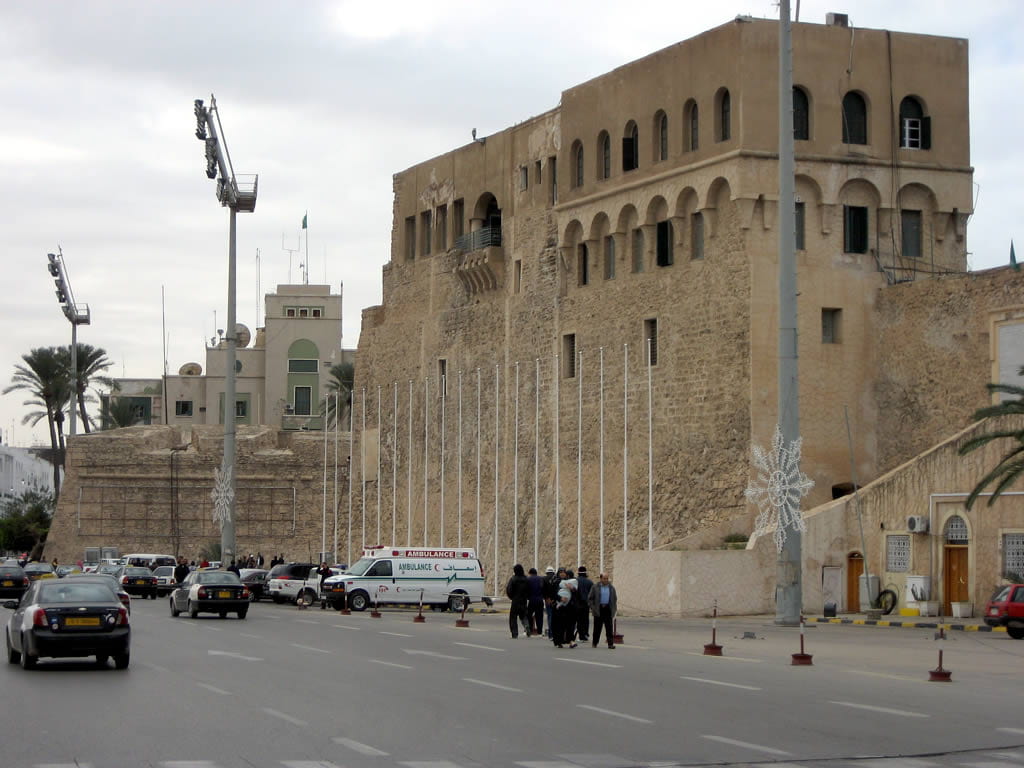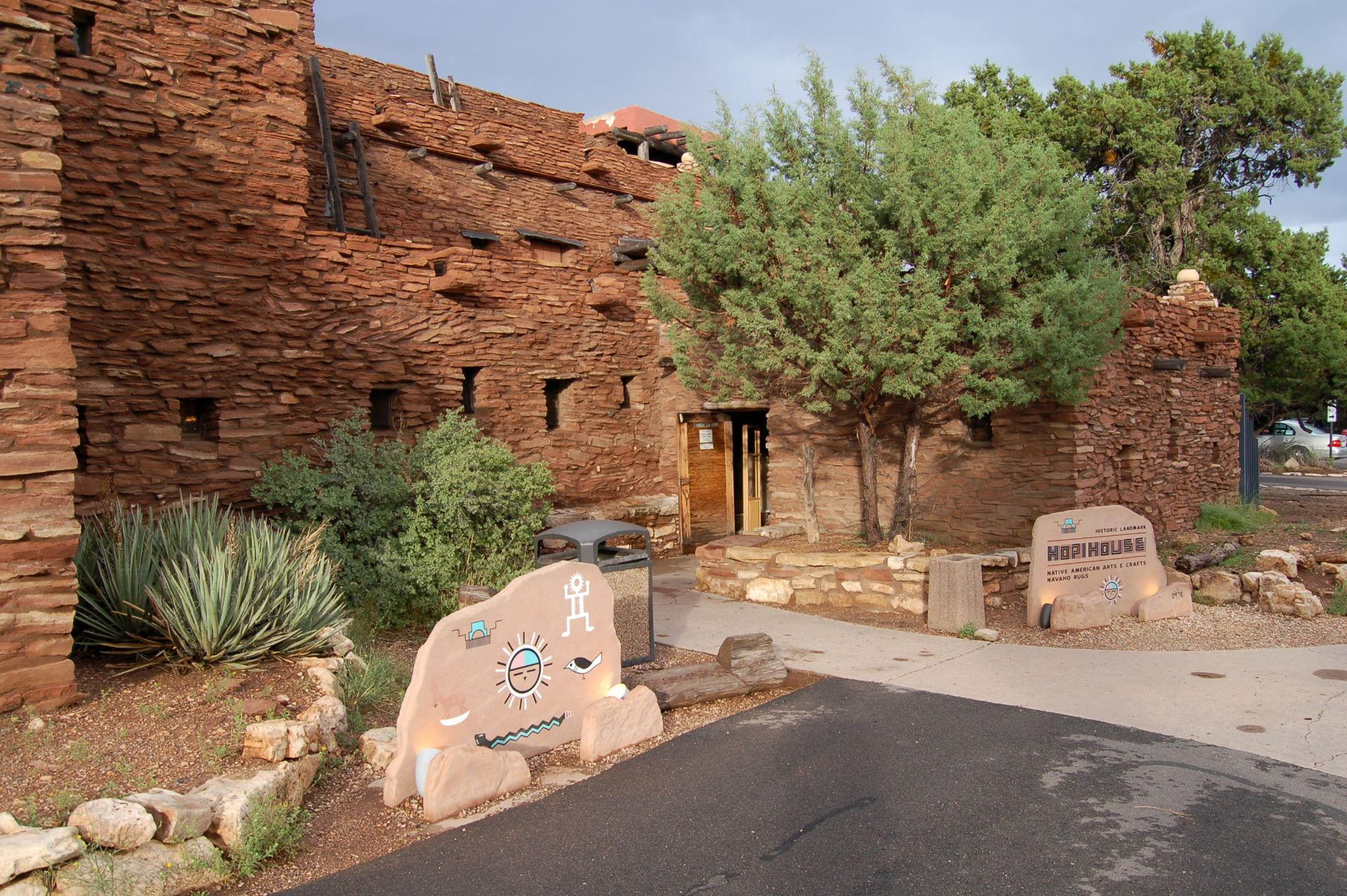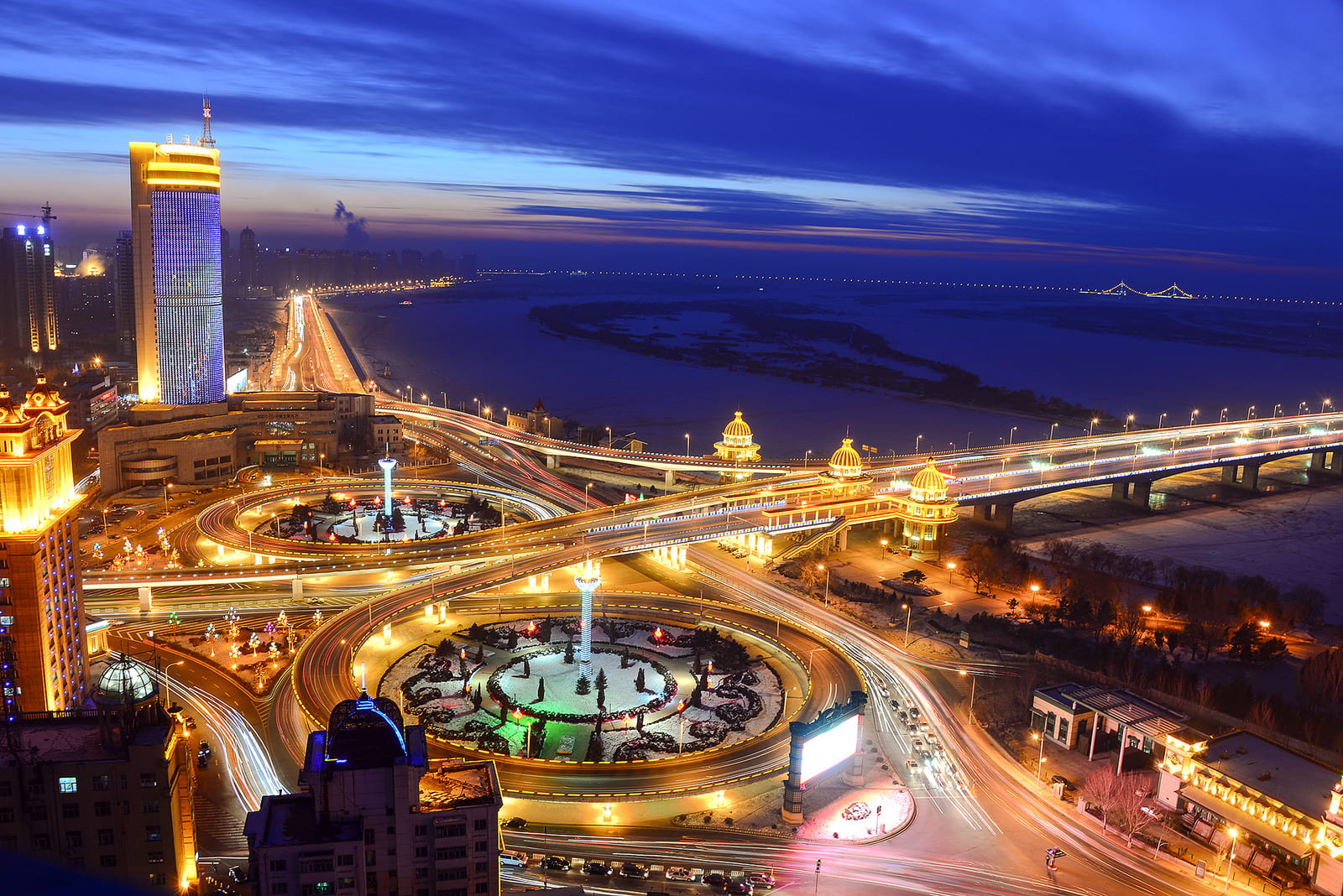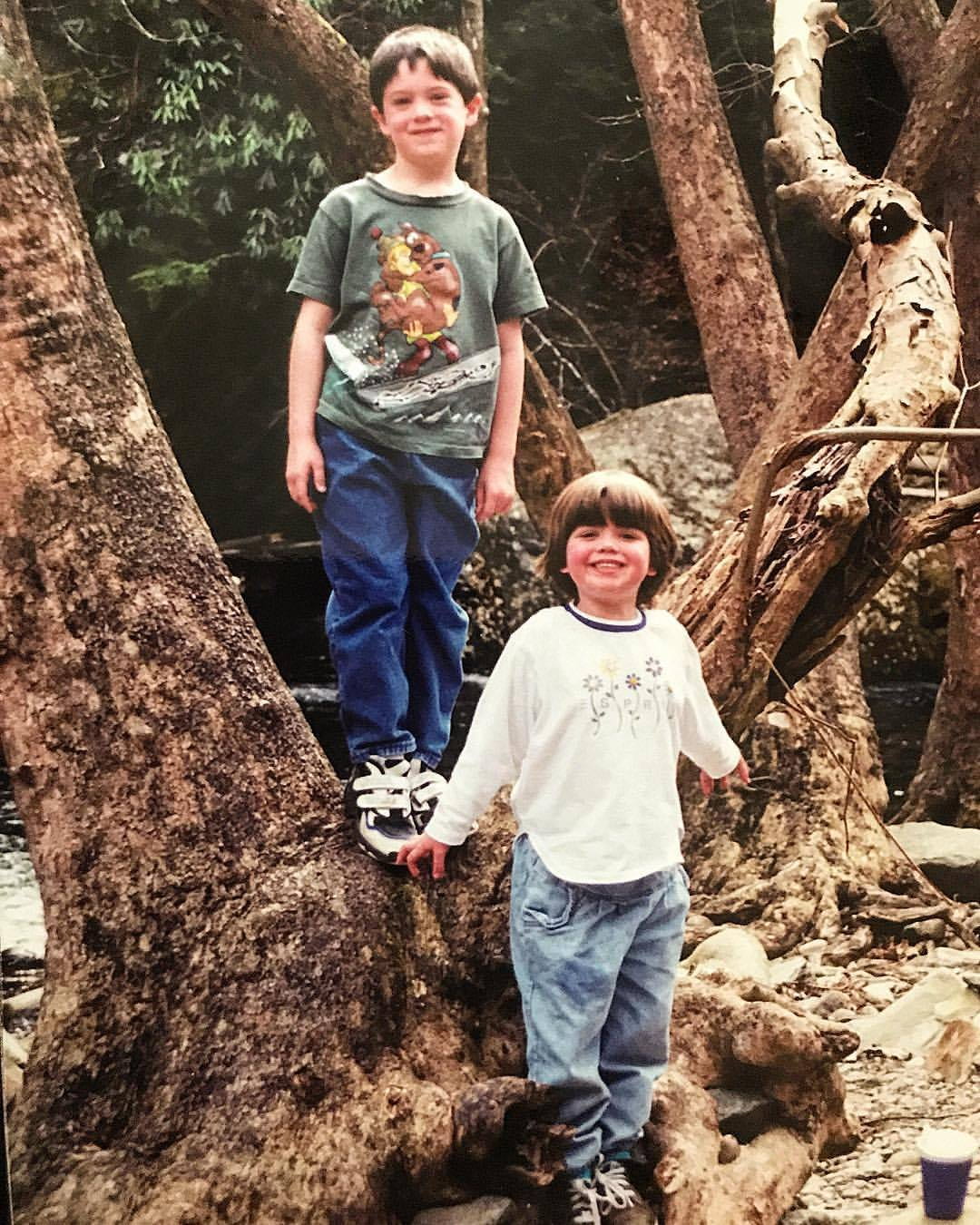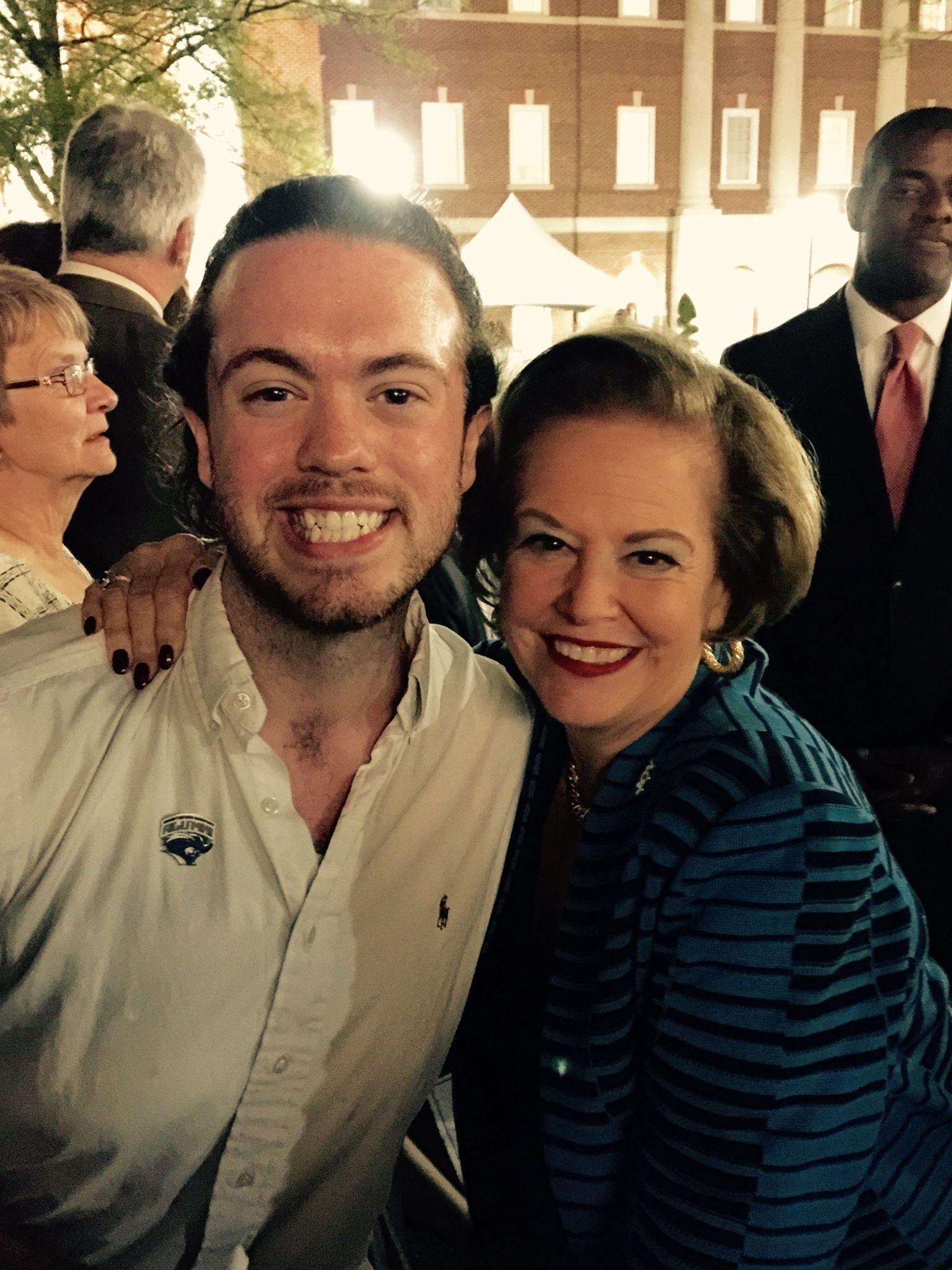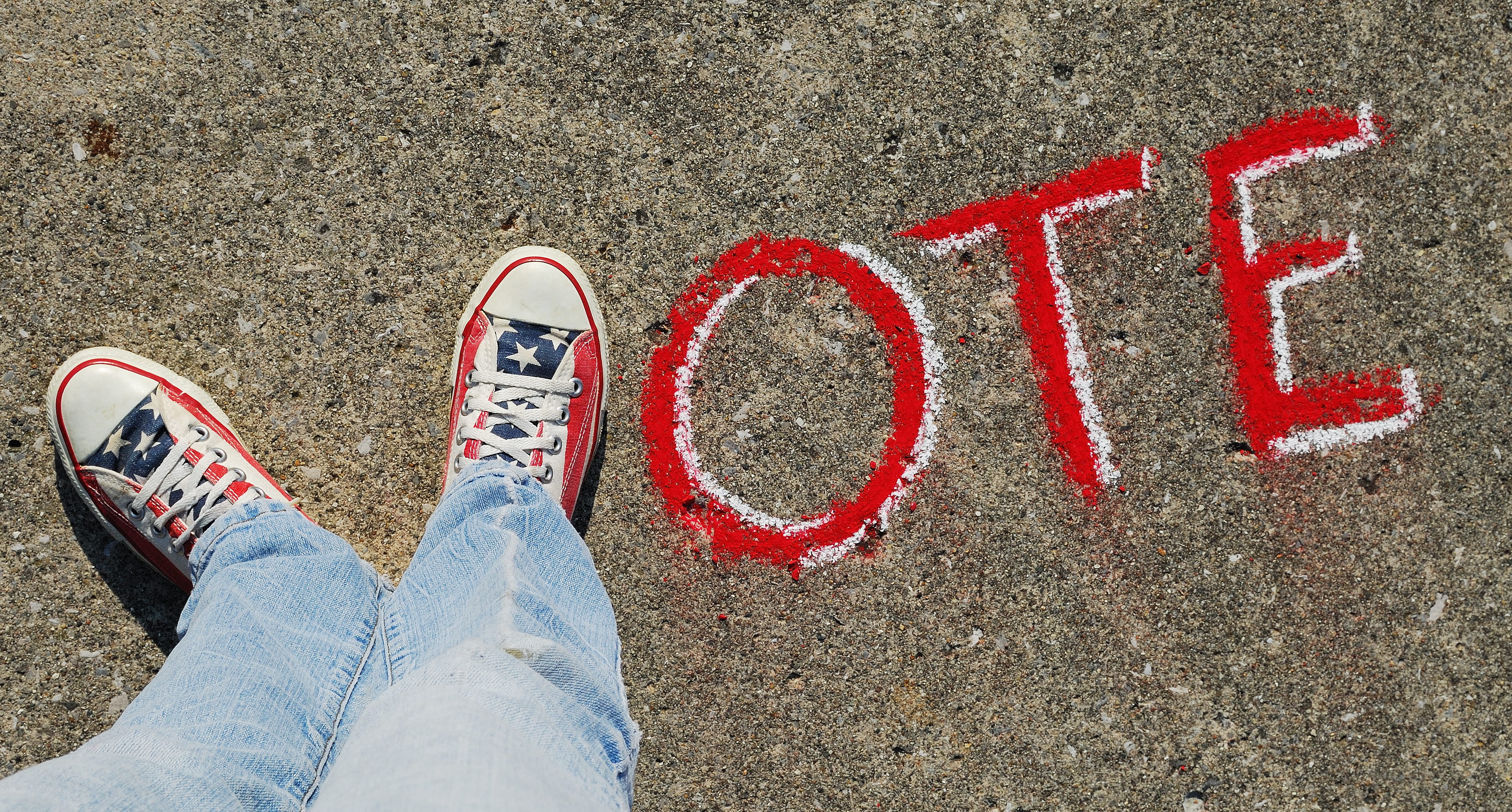
On 15 August 2019, Israeli Prime Minister Benjamin Netanyahu ordered a travel ban on two US Congresswomen, Michigan Representative Rashida Tlaib and Minnesota Representative Ilhan Omar. His decision was a surprising reversal from a mere month ago, when both PM Netanyahu and Israeli’s Ambassador to the US, Ron Dermer, confirmed that Reps. Tlaib and Omar would be allowed into Israel “out of respect for the US Congress and the great alliance between Israel and America.” While the final catalyst for this reversal is credited to the machinations of US President Donald Trump, the primary cause for the travel ban, according to PM Netanyahu, is Reps. Tlaib’s and Omar’s support for the transnational Boycott, Divestment, and Sanctions (BDS) Movement, a concerted effort to compel the State of Israel to revolutionize how it works with Palestinians within and around Israel’s borders. This post aims to unpack the historical and cultural context of the BDS Movement, analyze the fault lines within the BDS Movement, and suggest ways for BDS to mend these divides while sharpening its effectiveness in advocating for the human rights of Palestinians.
Originating the Boycott, Divestment, & Sanctions (BDS) Movement
From 31 August to 7 September 2001, the United Nations held the World Conference Against Racism, Racial Discrimination, Xenophobia, and Related Intolerance (WCAR, also called the Durban Conference, as it was held in Durban, South Africa), billed as “providing an opportunity for the world to engage, for the first time in the post-apartheid era, in a broad agenda to combat racism and related issues.” Within this anti-racist, anti-apartheid ethos, world leaders sought to locate and eradicate large-scale structures bolstering racist ideology and marginalizing populations based off racial and ethnic identity. Almost all states at the WCAR were in total agreement that Zionism, the political movement to establish and protect a wholly-Jewish nation, was indeed racist. Many actors arguing against the ideology of Zionism claimed that, although the Jewish people have the right to create their own state, ethnic cleansing of the indigenous people (Palestinians) rendered the current form of Zionism a racist ideology. It was at the Durban Conference that BDS finds its intellectual roots, as many Middle East / North African states (specifically, Algeria, Iraq, Jordan, Kuwait, Lebanon, Libya, Morocco, Saudi Arabia, Sudan, Syria, Tunisia, the United Arab Republic, and Yemen) agreed to utterly isolate Israel (economically, intellectually, culturally, politically) until Israel revolutionized its relationship with indigenous Palestinians. Of course, calls for isolationism, itself a remnant of how the world treated South African during its apartheid practices, were eclipsed by the 9/11 attacks against the US a mere four days after the Durban Conference ended. It was also at the Durban Conference that the “Red-Green” alliance was formed between radical leftist and Islamist groups, collectively impugning Israel’s treatment of indigenous Palestinians.
The intellectual seeds of BDS were planted, and two years later, the world would see the harvest. On 8 December 2003, the UN General Assembly (UNGA) requested the International Court of Justice (ICJ) for an advisory opinion regarding the Israeli-built wall surrounding East Jerusalem, seeking to ascertain if the wall constituted a breach of international law (specifically the Fourth Geneva Convention of 1949). The ICJ (relying on oral and written testimony from over 50 UN Member States, the League of Arab States, the Organization of the Islamic Conference, and the European Union – amongst others) declared the wall bisecting Jerusalem and the continuation of Israeli settlements (displacing indigenous Palestinians) indeed violated international humanitarian law. The ICJ concluded their opinion, stating Israel should (a) cease construction on the wall and dismantle structures within the Occupied Palestinian Territory, (b) respect the right of the Palestinian people’s right to Self Determination (read this article for more information), and (c) pay reparations for costs incurred to the Palestinian people; furthermore, the ICJ contended that all State Parties to the Fourth Geneva Convention should ensure Israel complies with this advisory opinion. While the advisory opinion alone was relatively toothless on the international stage (as, again, the US and Israel refused to comply with these stipulations), the ICJ’s decision kickstarted the eventual BDS movement two years later.
On 9 July 2005, over 150 Palestinian Civil Society Organizations (representing Palestinian refugees, Palestinians under occupation, and Arab citizens of Israel) signed an open letter to global civil society actors declaring their intent to boycott Israeli products, divesting business activities from working with Israel, and sanctioning groups continuing to aid the Israeli State. The letter argues, in light of Israel’s refusal to adhere to the ICJ’s recommendation, settlements extending into East Jerusalem, the Gaza Strip, the Golan Heights, and the West Bank (see this article for a map of Palestine land loss since 1946) triggered the need for a transnational, nonviolent movement aimed at compelling the State of Israel to abide by the ICJ’s recommendation. The letter, echoing the anti-apartheid boycott movement of the 1960s – 1990s, contends that all persons of conscience (including Israeli citizens and members of the Jewish faith worldwide) have a moral obligation to pressure those in power (e.g., business leaders, political decision-makers, and other persons of high influence) to forcefully condemn Israel’s maltreatment of Palestinian populations. The three fundamental demands of the BDS movement of the State of Israel are as follows:
- Ending its occupation and colonization of all Arab lands and dismantling the Wall;
- Recognizing the fundamental rights of the Arab-Palestinian citizens of Israel to full equality; and
- Respecting, protecting, and promoting the rights of Palestinian refugees to return to their homes and properties as stipulated in UN Resolution 194.
Per the BDS official website, the Movement boasts several consequences of its ongoing efforts, including:
- A 46% drop in foreign direct investment in Israel in 2014
- Israeli weapon manfacturers complaining of an export crisis due to “less desire for Israeli=made products”.
- Refusals from major artists (such as Roger Waters from Pink Floyd, Faithless, Lauryn Hill, Brian, Eno, and Elvis Costello).
- A formal recognition from the State of Israel that the BDS Movement presents a strategic threat to Israel’s treatment of Palestinians.
Since its publication, the BDS movement has largely gained the most traction on college campuses (long understood to be a bastion of political activism). Simultaneously, the BDS Movement has been associated with radical anti-Zionism, bordering on anti-Semitism. This association has been the fodder of many political and civil society leaders and has crippled the efficacy of Palestinian Rights activists.
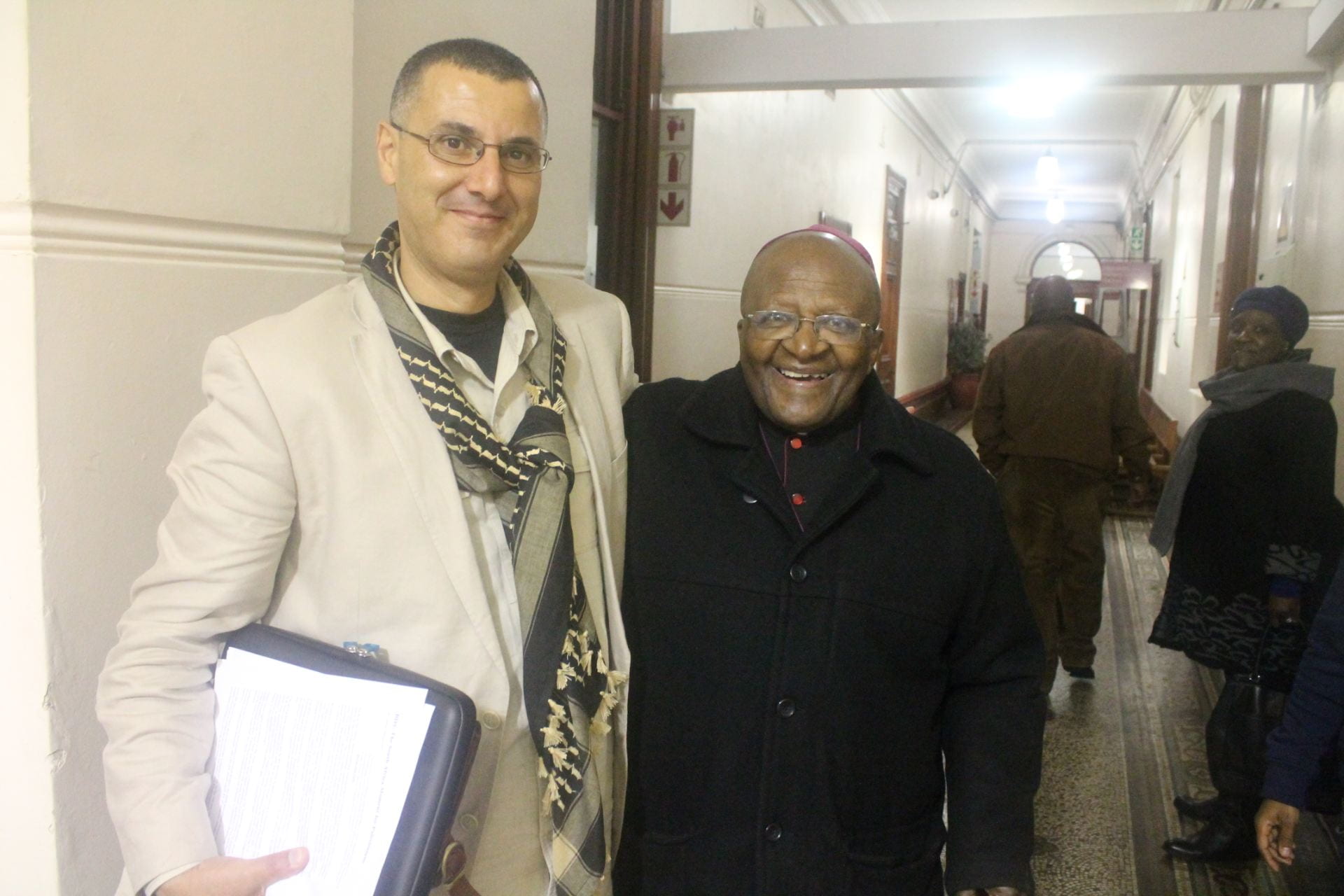
Critiques of BDS
Critiques of the BDS Movement fall into three broad categories: (1) issues surrounding its founder and leader, Omar Barghouti; (2) BDS’s opposition to the internationally-accepted Two-State Solution; and (3) accusations of antisemitic rhetoric and subsequent promotion of violence.
Founder of the BDS Movement and author of Boycott, Divestment, Sanctions: The Global Struggle for Palestinian Rights, Omar Barghouti, quotes Richard Falk (former UN Special Rapporteur on the Situation on of Human Rights in the Palestinian Territories Occupied) early in his text, stating:
The recent developments in Gaza are especially disturbing because they express so vividly a deliberate intention on the part of Israel and its allies to subject an entire human community to life-endangering conditions of utmost cruelty… If ever the ethos of “a responsibility to protect”, recently adopted by the UN Security Council as the basis of “humanitarian intervention” is applicable, it would be to act now to start protecting the people of Gaza from further pain and suffering. (p. 36)
Falk levels a thoughtful critique of both Israel’s and the international community’s abdication of protecting the human rights of Palestinian individuals. These critiques, shared by many in the global community, fall on deaf ears, for Barghouti has, in many respects, poisoned the well from which BDS-activists guzzle. Barghouti has been viably accused of tax evasion (to the tune of 700 000 USD), vociferously argued against a potential two-state solution, lambasted Palestinian academic and cultural leaders from debating with their Israeli counterparts, and has been accused of espousing views suggesting the ‘human rights of Palestinians are more equal than the human rights of Israelis’.
Beyond the problematization of BDS’s Founder, other cultural and political forces call into question the endgame of the BDS Movement. Former US Ambassador to Israel (2011 – 2017), Daniel B. Shapiro, recently argued in The Atlantic the BDS Movement “advocates the end of Israel, rather than the establishment of two states, and assigns as responsibility for the conflict, in all its historical complexity, to Israel alone”. Other critics, such as the Anti-Defamation League (an international Jewish NGO) has formally classified the BDS Movement as antisemitic. Australian politicians have noted pro-BDS protests feature acts of violence; British academics voted against Israeli boycotts, noting these boycotts constrict peaceful dialogue between Israeli intellectual leaders and the rest of the world; and American politicians note that BDS can empower antisemitism and undermine the lives and livelihoods of young Israeli scientists. Furthermore, symbolic of many global academics’ ambivalence towards the BDS Movement, philosopher Judith Butler suggests a third path: collaborating with intellectual and cultural Israelis without accepting funding from the Israeli State. This move, Butler suggests, sidesteps the thorny issue of discrimination on the basis of nationality (e.g., refusing to work with Israeli academics simply wholly due to their Israeli citizenship) while still eschewing affiliation with the Israeli government.
Considering the complexity of the BDS Movement, with its goal of unshackling indigenous Palestinians and its questionable methods and leadership, I now pose the question: what lessons can transformational solidarity movements teach BDS, allowing it to deftly address its many criticisms and simultaneously bolster its efficacy to advocate for the human rights of Palestinians?

Embracing Complexity within Transformational Solidarity Movements
Dr. Anne Garland Mahler, in her text From the Tricontinental to the Global South: Race, Radicalism, and Transnational Solidarity, alludes to an ideal form of solidarity movements; this form is defined by qualities such as transnationalism (e.g., a widening of solidarity membership to include sympathizers of many, seemingly incongruous nationalisms – such as Palestinian and Israeli), transracial (e.g., not only including diversity ethnicities, such as Jewish and Arab, but an antiracist alignment of said ethnicities), anti-neoliberal (e.g., rejecting the ‘built-in’ nature of inequalities along dimensions related to socioeconomic status, level of education, political access, and health), and horizontalist (e.g., eschewing rigid hierarchies of authority within an organization). While her original analysis centers around the Tricontinental Solidarity Movement, a Cuban-borne political movement attempting to interlock methods and goals of liberation found within Asian, African, and Latin American peoples, leaders of the BDS Movement would do well to heed her call.
The BDS Movement, at base, aims to transform the lives of Palestinians – the endgame is to reduce violence, promote negative and positive peace, and provide the conditions within life that allow an individual and a people the resources and structures required to build harmony, enjoy prosperity, promote health, and protect equity. Transformational movements fixate not only on the immediate tragedies of war and conflict, but they additionally fixate on the long-term situations giving rise to sustainable peace. Mahler correctly locates a critical juncture within this equation – transformational movements must ally themselves with other, perhaps seemingly disparate, movements also aspiring for liberation. This relational space of ally-ship is precisely where the BDS Movement should aim to stride. These allies (and partners in transformational struggles) may include prominent Arab-Jewish transracial and Israeli-Palestinian transnational organizations. These potential allies also include Neve Shalom / Wahat al-Salam (facilitating intentional encounters between Israeli and Palestinian groups), the Children of Abraham (emphasizing the spiritual and religious dimensions required of Israeli-Palestinian peace processes), the Alliance of Middle East Peace (a political lobbying coalition proposing legislation promoting peace in the MENA region), and Peace Oil (an for-profit company promoting economic interdependency between Arabs and Israelis). Alliances between BDS and these organizations may increase accountability for ‘bad actors’ within the BDS Movement, demonstrate cooperation between Arab and Israelis (rather than domination or antagonism), and sidestep the maligned efforts of ‘spoilers’ within peacebuilding processes.
From a peace and human rights perspective, the BDS Movement should aspire to be one of solidarity – meaning its membership, supporters, and leaders coalesce their methods of transformation within three domains: (1) electoral democracy, (2) opposition, and (3) dialogue. Specifically, global sympathizers of the BDS Movement should consider continuously voting for candidates and measures ultimately empowering peacebuilding between Israel and Palestine, utilizing nonviolent methods of protesting anti-peace individuals and organizations (boycotts, divestments, and sanctions are obvious examples here – what is missing is a clear focus on the definitive spoilers of peace) and finally, engaging in good-faith, long-term dialogue within their own ranks and between the BDS Movement and other allies and potential adversaries.








